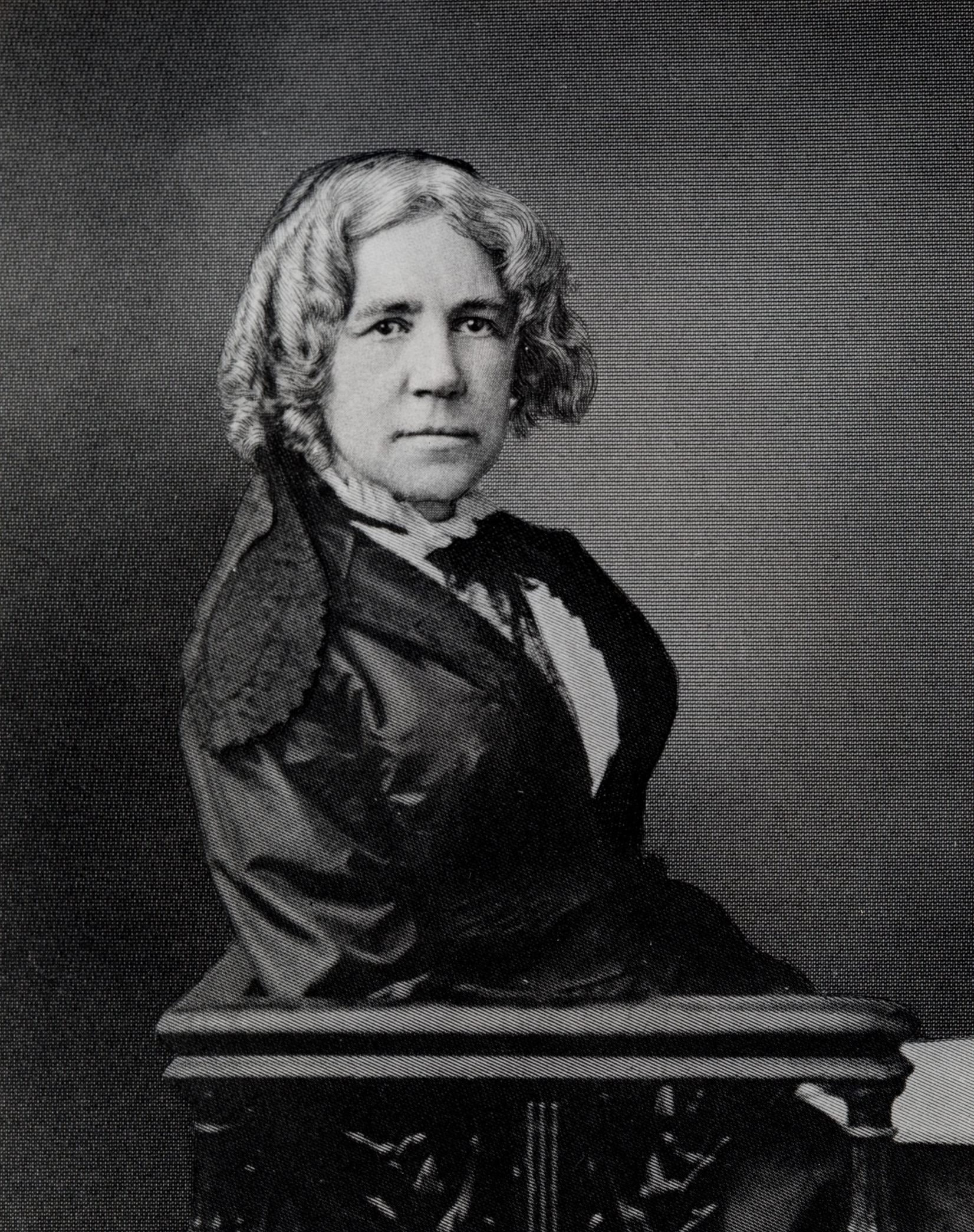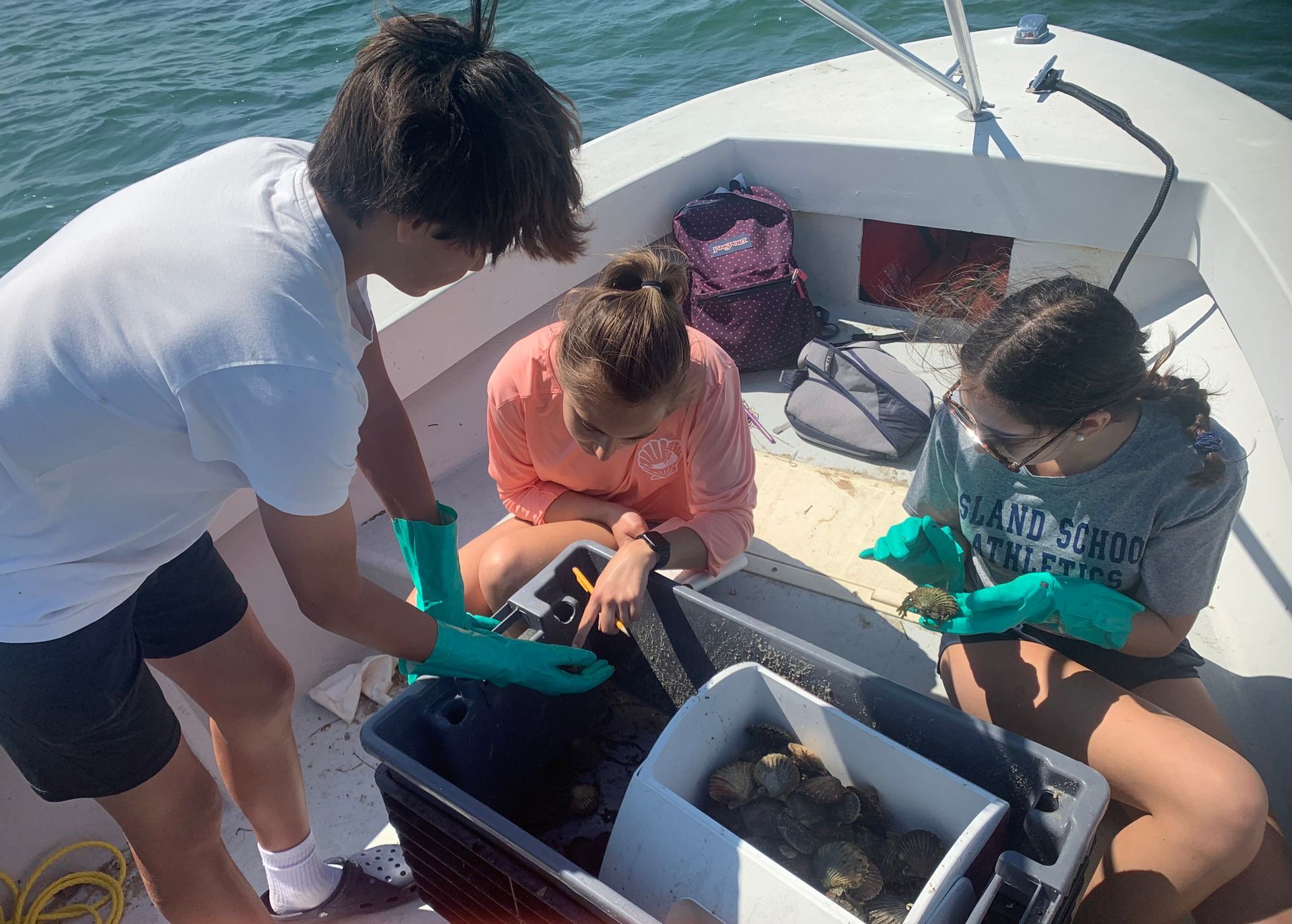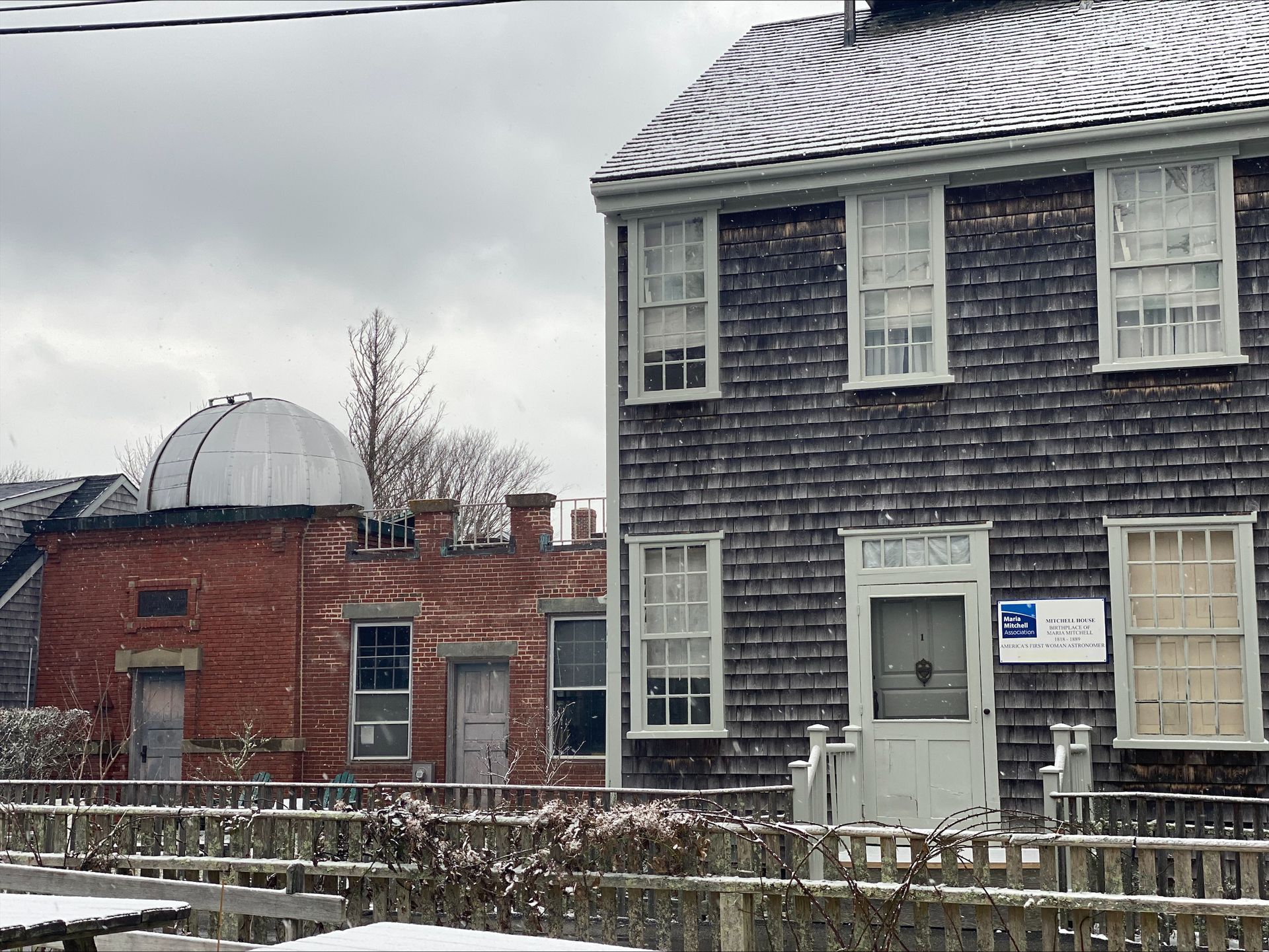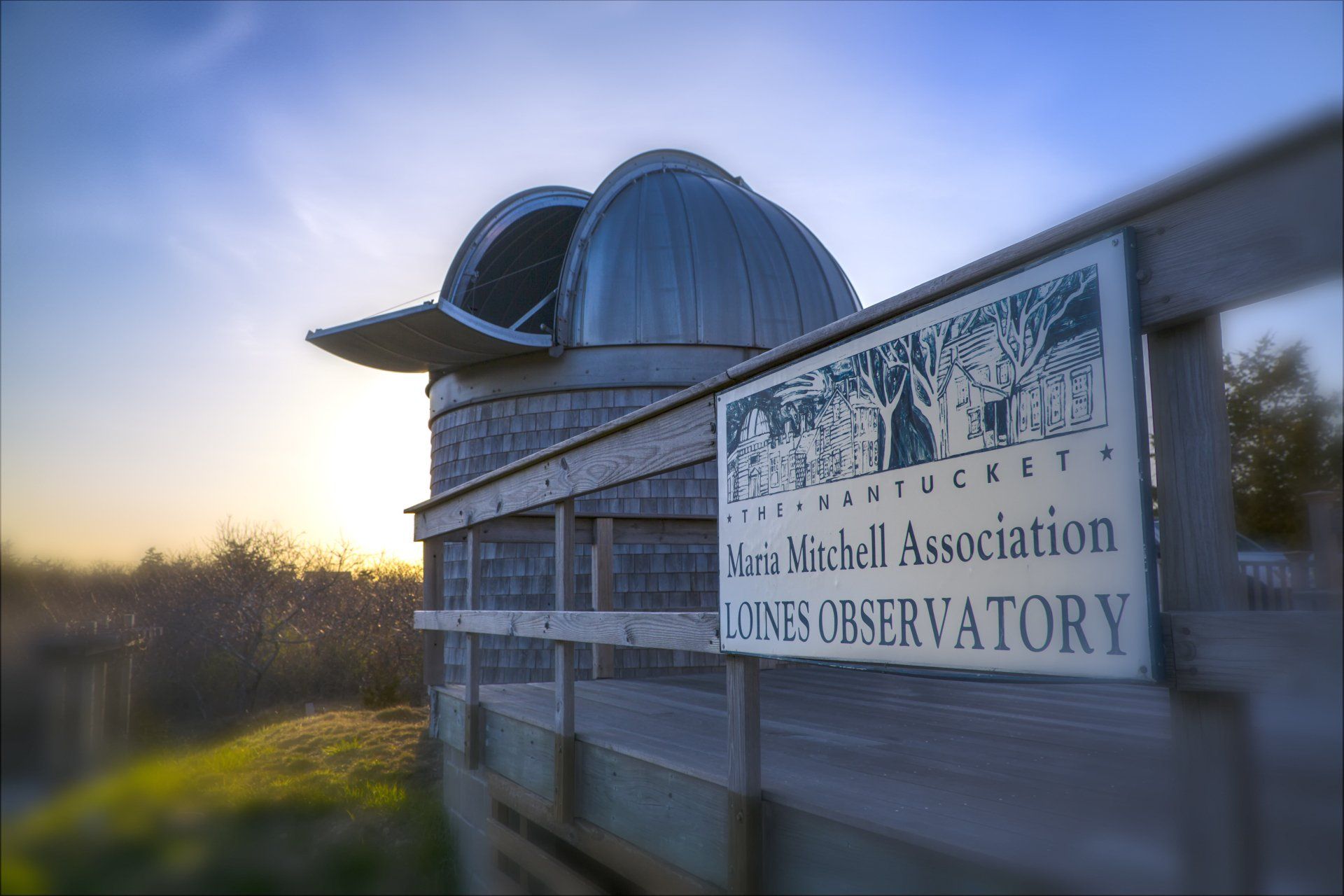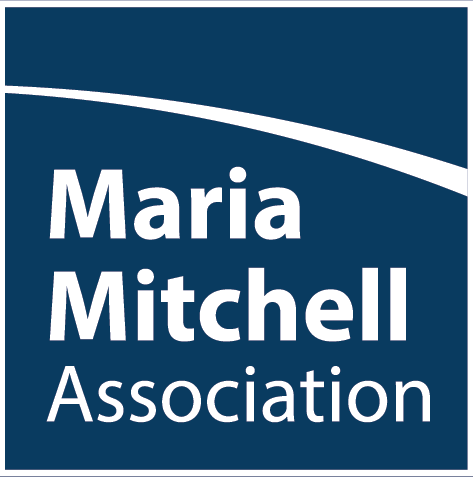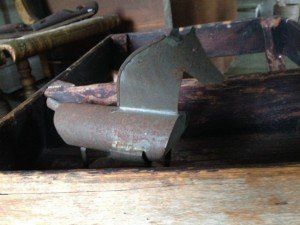Toys!
The plastic orange duck you see here is approximately forty-one years old. Yes, I just gave away my age. That plastic duck, made in Germany and speaking very much of the age it was created in both design and color, was mine. Then, it was my brother’s. Then, it was used by my dolls, including my beloved Rub-a-Dub (she could go in the tub! And my Rub-a-Dub had a curl on the top of her washable hair – not many did). Then, that same duck was used by my niece and nephew when they were babies and spending time with Nana and Grandpa. And now? Well, now it is just about my son’s favorite baby toy. Who would have thought? It is a rattle as well – it has a small bead or two inside and it makes a very soft but pleasant sound. It also gives him some places to rub his itchy gums on – he is teething in a most serious manner . . . we still await teeth after at least two months of teething.
Toys have not changed too much since Maria’s day. Yes, there are entirely too many, they are unfortunately heavily made of plastic, they are brightly colored. But, there were rattles and teethers, dolls and stuffed animals, tea sets and dollhouses, toy soldiers and tin horses. Granted, Quaker toys were far simpler than toys of non-Quakers but they all had a purpose for life stages of infants and children, helping them advance, to get through teething, to remain quiet at meeting or while mother was busy, and teaching children how to be proper adults. Well, my duck did not help me to be a proper adult but it did occupy me quietly for a time as it now does my son and provided me with something to chew upon.
Mitchell House has a small but wonderful assortment of mid to late nineteenth century toys. Once piece in the collection is this tin horse made by Peleg Mitchell Jr’s tinsmith partner, James Austin, for his grandchildren. Its tin tail may have at one time had a small amount of real horse hair tufting from it and it was also likely attached to a larger stand. I will tell you that one wrong move with it and a child would have quickly found out what sharp meant! Its tin mane has a “nice” edge to it that could still make a slice of a delicate hand. So toys taught a little more than some of our toys do today. Child safety was not the same obviously but a child then quickly learned a little respect and caution – not that I condone that way of thinking! We have come a long way, no? And just think, when you see the cradle in the birth room at the Mitchell House, rocking a baby was not the soothing gentle act we all think about when we see one. Women rocked those babies in the 18th century and earlier; hard. Babies were not necessarily soothed to sleep. After a mother’s rocking, they were probably semi-conscious or on their way to nausea and dizziness that forced them to quiet down and possibly fall asleep. Ugh!
JNLF
Recent Posts
